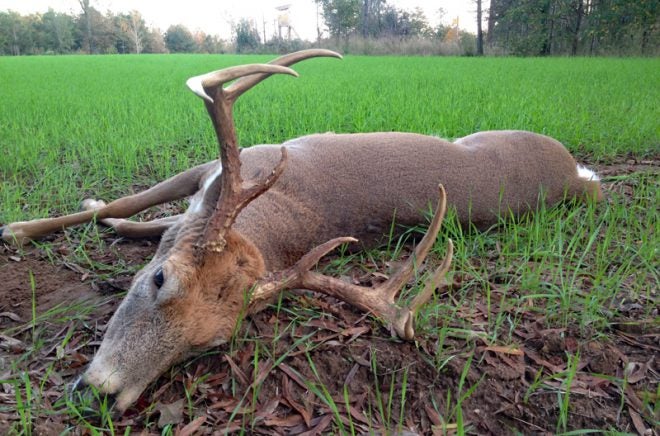
I’ve been hunting deer for a long time, and I’ve brought home a lot of venison over the years, having laid to rest more than 50 deer with various hunting rifles. During that time I’ve come to appreciate bullet construction and its effect, for good or ill, on hunting performance.
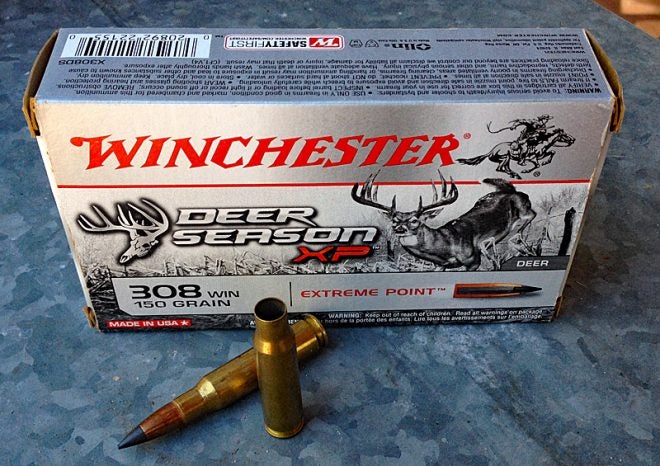
That’s why I was pretty interested when I learned about Winchester Deer Season XP and first shared it with y’all. This bullet was designed for one thing: Deer hunting. And before it was put into production for the hunting masses, it was used to kill more than 200 deer. Talk about thorough field testing.
The difference between this bullet and other tipped hunting bullets is the size of the tip. The long polymer tip on a Deer Season XP bullet means the diameter of the bullet jacket’s leading edge has a larger diameter than others, which means it doesn’t take much expansion for the bullet to grow into a larger-than-caliber projectile inside of the animal. This means efficient use of the bullet’s energy inside of the animal and faster, more merciful kills.
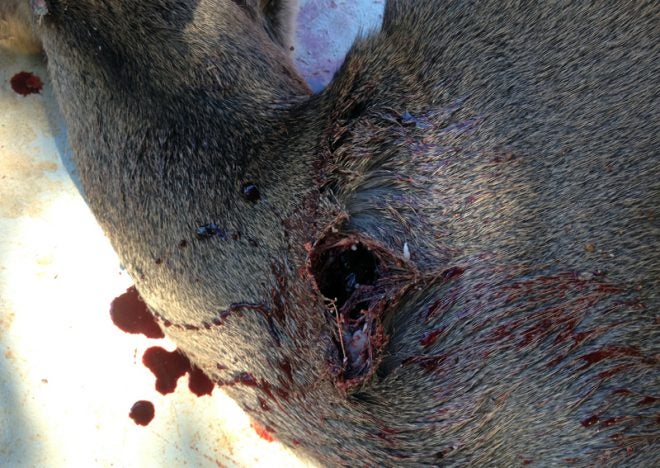
During two deer seasons, I used Deer Season XP 308 ammo with 150-grain Extreme Point bullets in my old faithful 308 Win Savage Sierra bolt-action rifle to take four deer and a number of smaller critters (pests & predators), at ranges from 15 to 260 yards. Only one of those critters went anywhere after being hit, and that whitetail buck went no more than 50 yards. Incidentally, the bullet created an exit wound but the jacket was recovered just inside the skin on the far side of the deer’s body.
The whitetails I killed with these bullets weighed 100, 120, 135, and 172 pounds at distances of 175, 188, 260, and 72 yards, respectively. All were broadside hits, and as I said three of the four fell and died on the spot. Wound channels were impressive — even on the first deer, which was hit in the neck rather than the ribcage. The XP’s rapid expansion produced the large exit wound seen above even though it only passed through a few inches of deer.
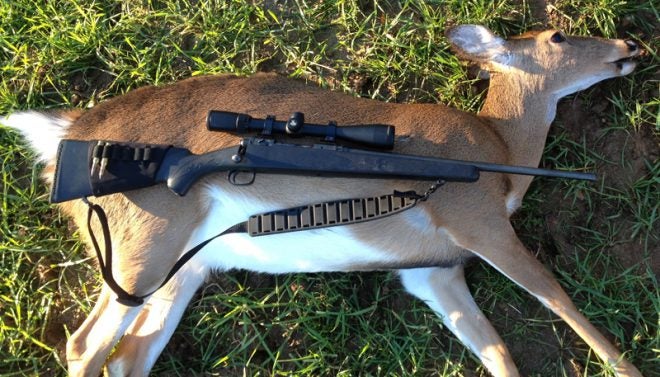
Deer Season XP is the first commercial ammunition I’ve used in this rifle for hunting. I’ve hunted with handloads and taken numerous deer during the decade or so that I’ve owned it, and I’ve used it to take a few deer at ranges beyond 200 yards. I’m happy to report than Deer Season XP has been as reliable and accurate as my own carefully hand-loaded ammunition.
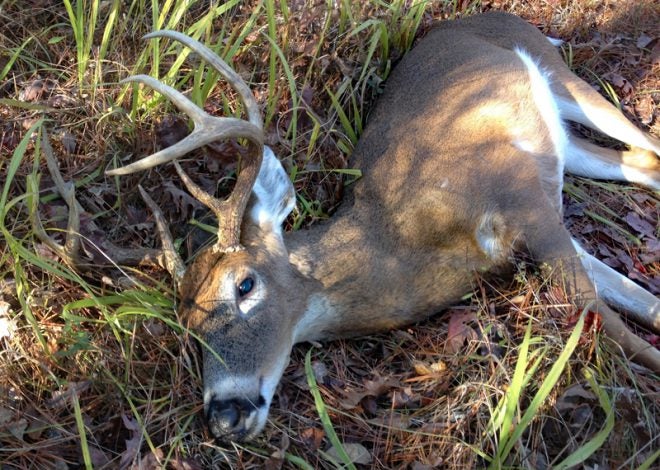
I like using reloads for hunting. It adds another dimension to know that I built the ammo myself, but it’s tough to argue with performance like this. I have no plans to stop using Deer Season XP in my handy little 308. Best of all, the price is right. These groceries are priced just like run-of-the-mill hunting ammo at about $23 per box of 20.
You could definitely do worse for deer hunting ammo. Of course, it should go without saying that you should zero your rifle with whatever ammo you’re using. Never assume that one load will shoot the same as another in your rifle, even if it’s the same bullet weight or brand of ammo.











































